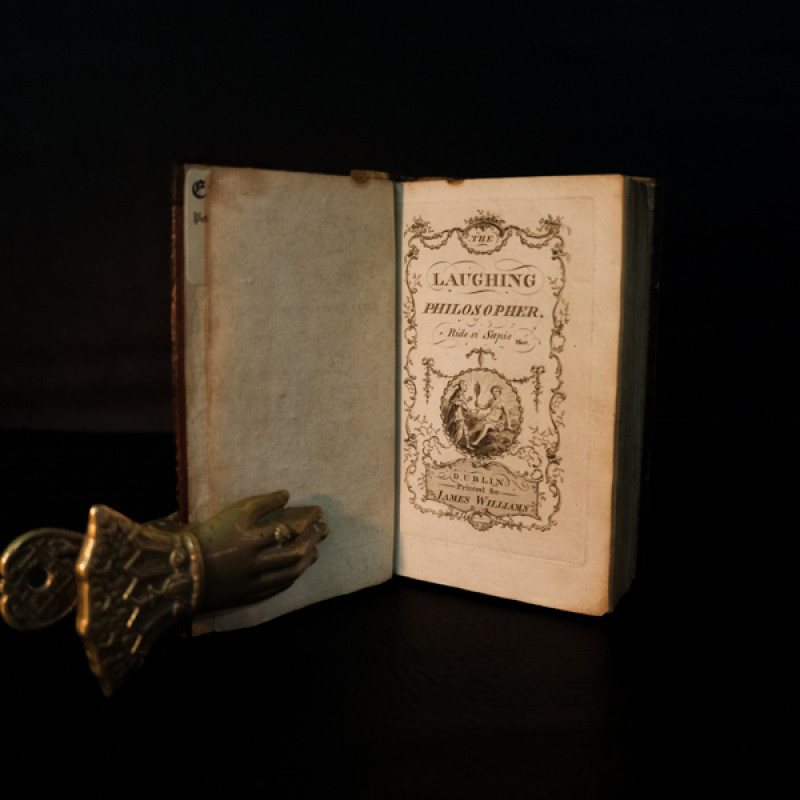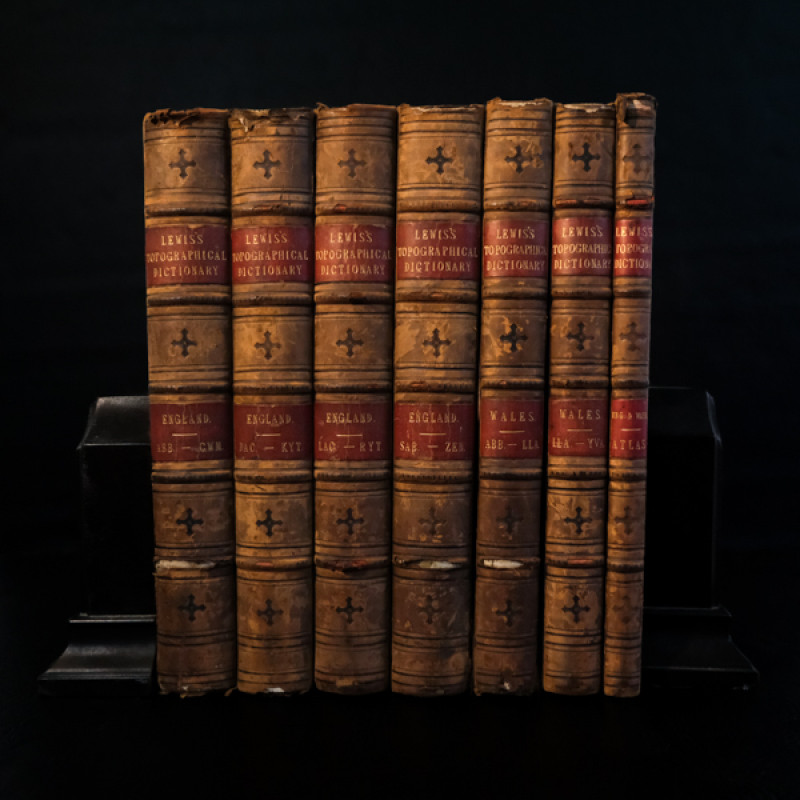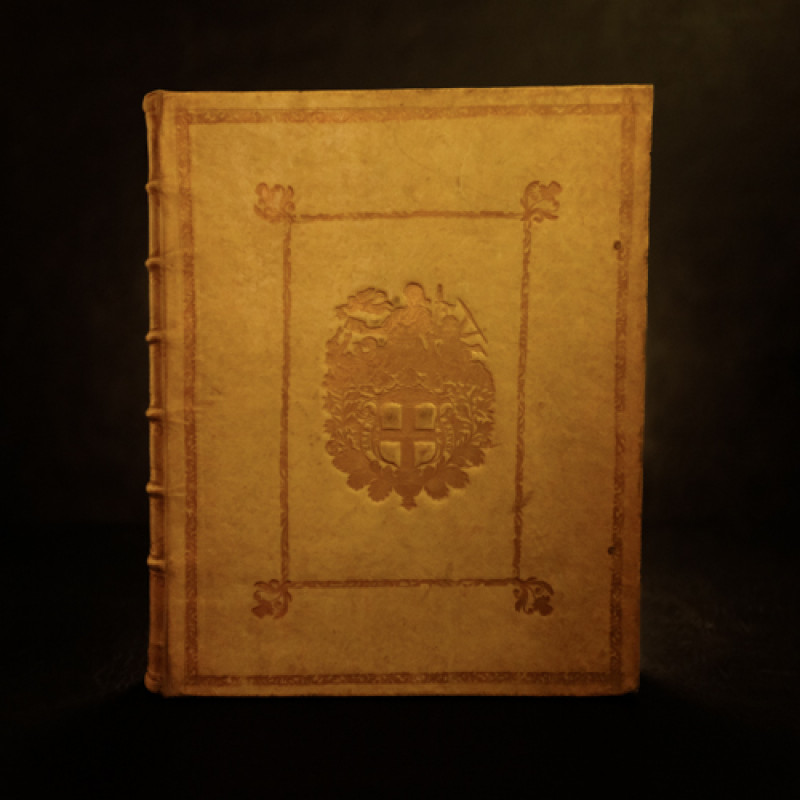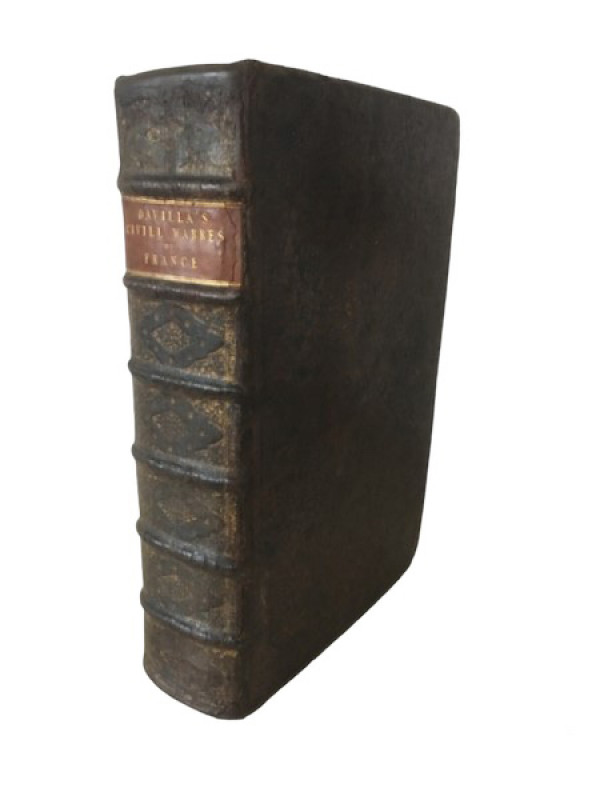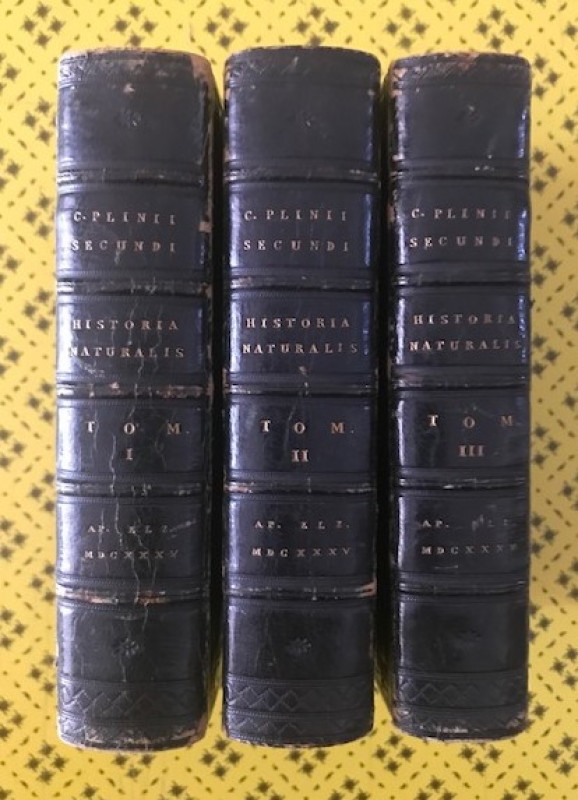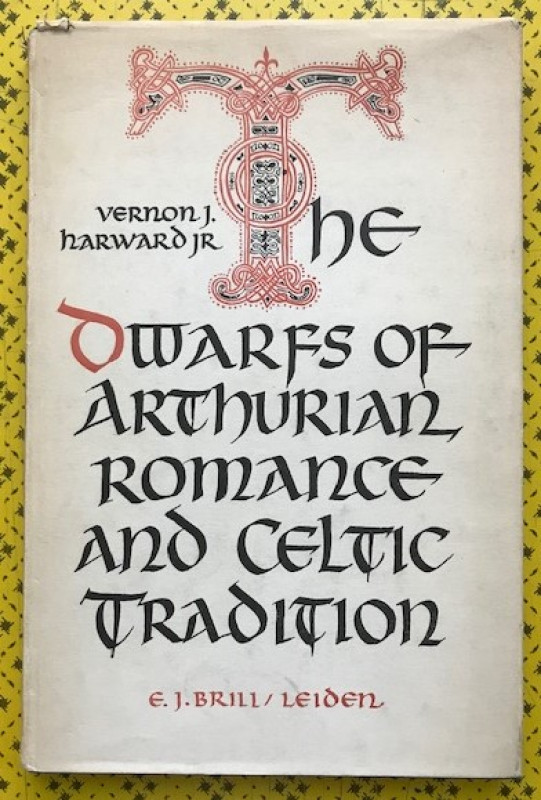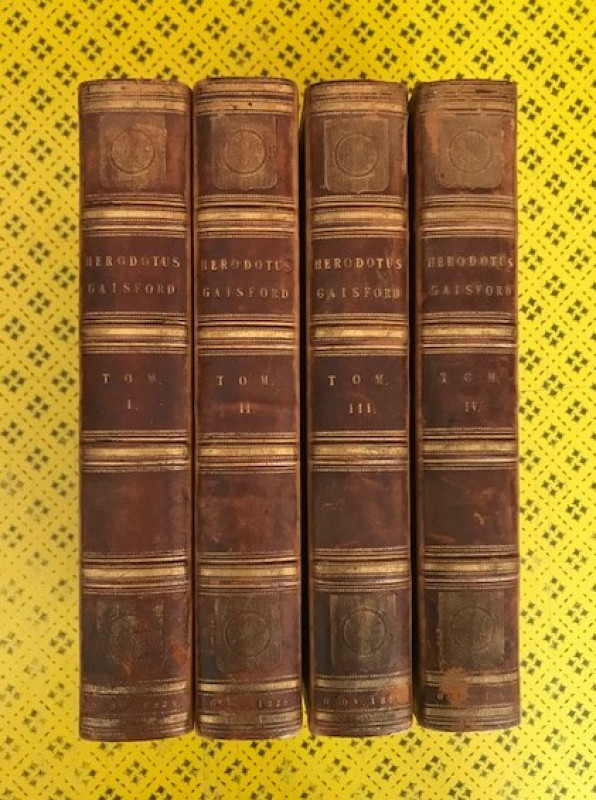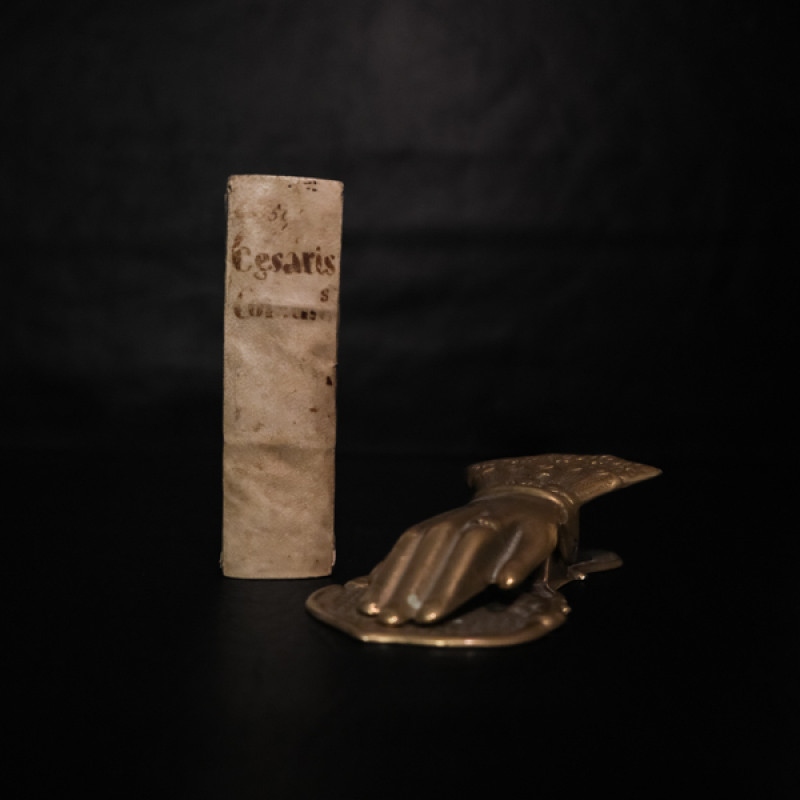Prince Arthur. An Heroick Poem. In ten books; [bound with] King Arthur. An heroick poem in twelve books.
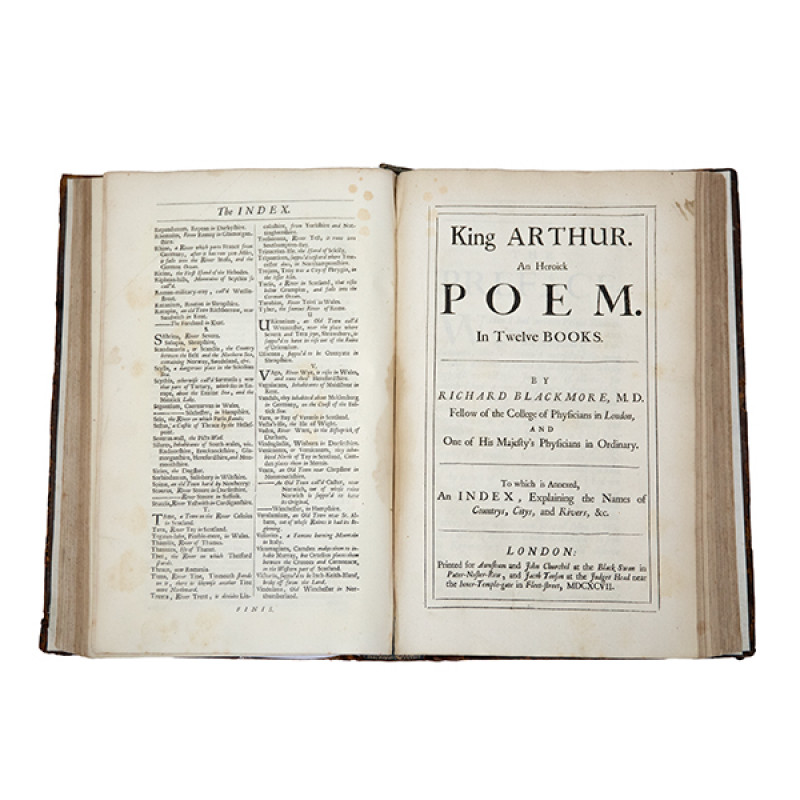

Book Description
Third edition; first edition. 2 works bound as 1. Folio, pp. [xx], 296, [iv]; [ii], xvii, [i], 343, [ix]. Publisher’s catalogue at end of Preface (i.e. p.xx), index at the end of each work. Intermittent damp-staining toward gutter especially to the second work, occasional light foxing, a few faint smudgy marks. Contemporary brown calf, raised bands with recent red Morocco gilt spine label added, blind-tooled borders and frames to boards, edges faintly sprinkled red, endpapers renewed. Spine repaired at head and tail, joints split but cords holding firm, scuffs and scrapes, edges worn, corners frayed, still a good, sound copy.
To the title-page, inscriptions of Ed. Southcott and Charles (D?) Sharpe both in old hands.
Dealer Notes
Third edition of Prince Arthur, Richard Blackmore’s celebration of William III in the form of an epic based on The Aeneid and using historical material from Geoffrey of Monmouth. (The first edition appeared in 1695 and the second in the same year with an added index). It is found here bound with King Arthur in its first edition of 1697. Two variants exist, this copy having “near the Inner-Temple-gate” in the imprint.
Physician and epic poetry enthusiast Blackmore (1654-1729) is now primarily remembered as an object of satire. In 1700 he was accused by John Dryden of being not only a plagiarist but also a poet whose work read to the rhythm of wagon wheels because it had been written in the back of hackney cabs on journeys between patients (The Pilgrim, prologue). Having used Virgil as his model for Prince Arthur and Milton for King Arthur, Blackmore was less successful in his emulation of other poets in subsequent works. He became the target of particular scorn from Pope in The Dunciad (1728), which immortalised him as ‘Neverending Blackmore’, a poet so boring he could send even lawyers to sleep.
ESTC R23258; Wing B 3082.
Physician and epic poetry enthusiast Blackmore (1654-1729) is now primarily remembered as an object of satire. In 1700 he was accused by John Dryden of being not only a plagiarist but also a poet whose work read to the rhythm of wagon wheels because it had been written in the back of hackney cabs on journeys between patients (The Pilgrim, prologue). Having used Virgil as his model for Prince Arthur and Milton for King Arthur, Blackmore was less successful in his emulation of other poets in subsequent works. He became the target of particular scorn from Pope in The Dunciad (1728), which immortalised him as ‘Neverending Blackmore’, a poet so boring he could send even lawyers to sleep.
ESTC R23258; Wing B 3082.
Author
Blackmore, Richard:
Date
1696; 1697.
Publisher
London: Printed for Awnsham and John Churchil; [ditto] and Jacob Tonson,
Friends of the PBFA
For £10 get free entry to our fairs, updates from the PBFA and more.
Please email info@pbfa.org for more information
